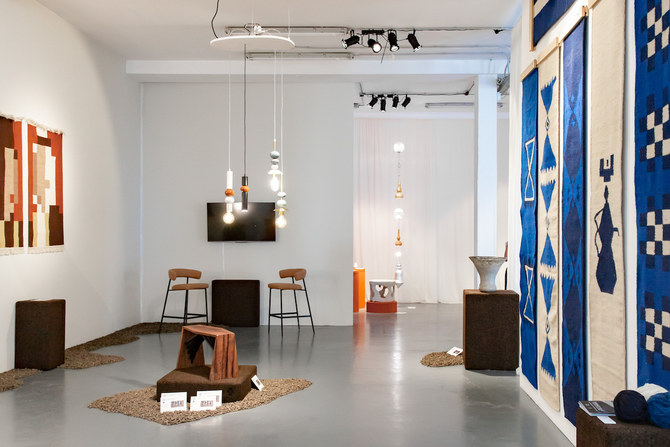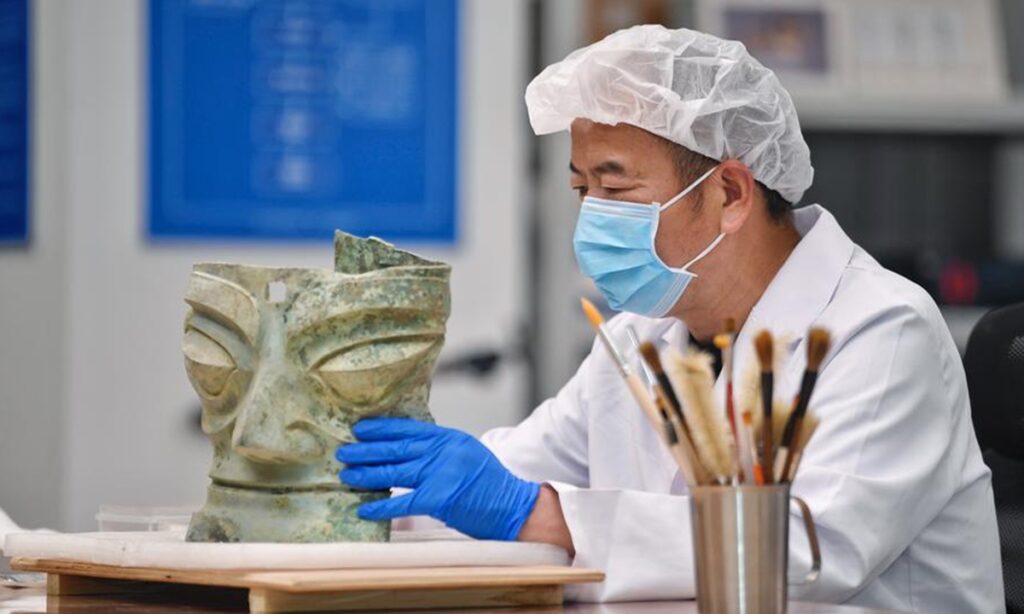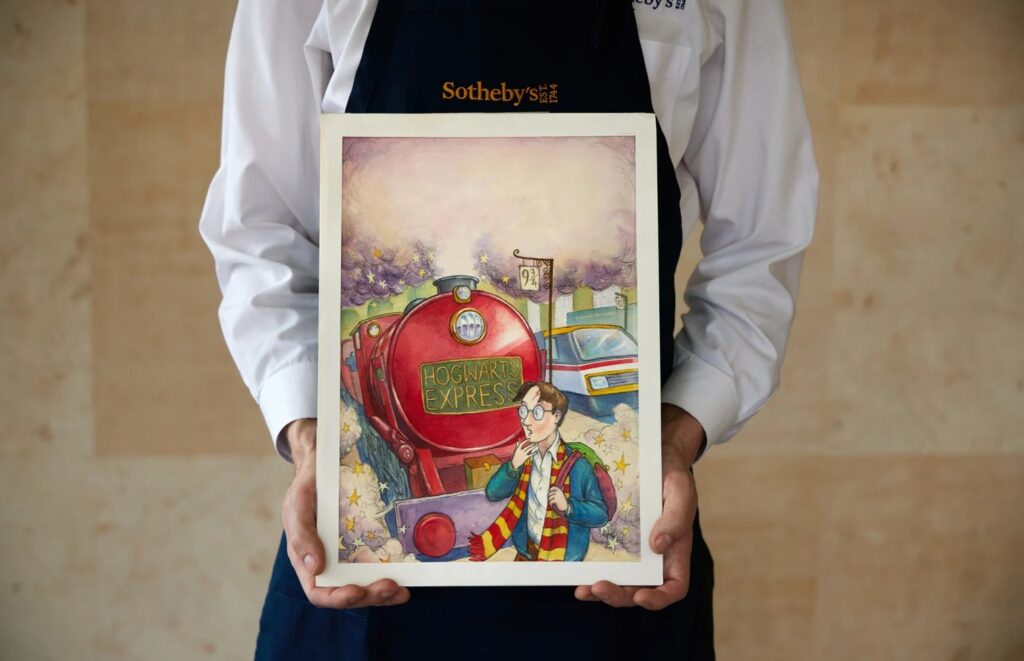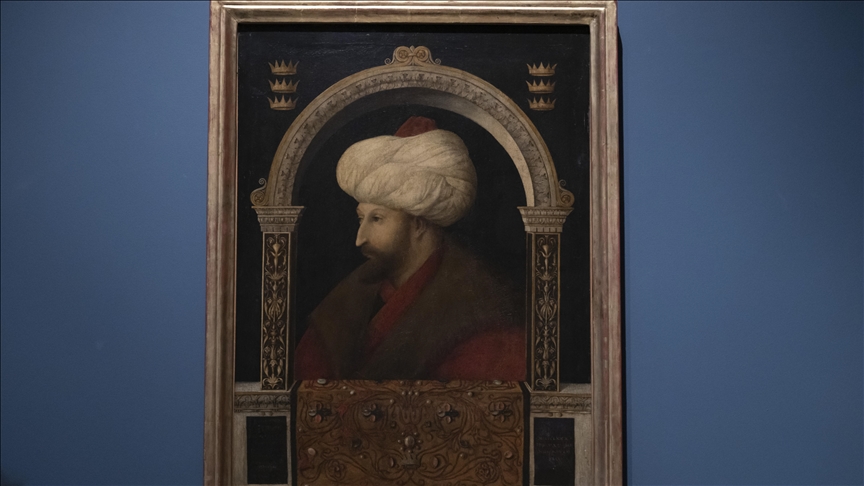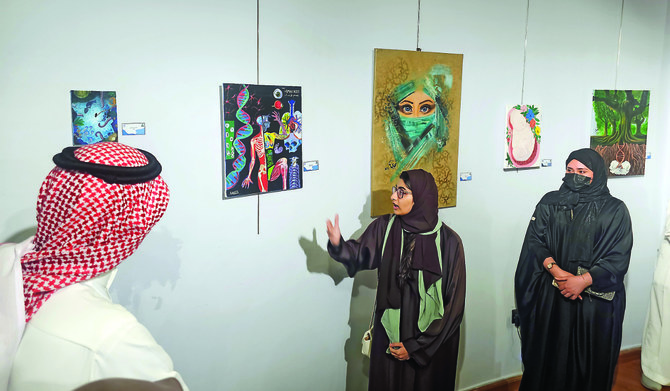
Matt Hanson
‘The Prince’s Extraordinary World: Abdülmecid Efendi,’ a comprehensive biographical exhibition on the life and artwork of Abdülmecid II, who served as the last Ottoman caliph, balances the politics of the late empire with early modern creativity at Sakıp Sabancı Museum
He was late, but not fashionably. Just late. Late for the best party of the century, that creative revolution of early 20th-century modernism that turned aesthetics into concepts, decoration into experience, and individual identity into the universal fluidity of life, lived as one dissonant chorus of introspective social butterflies who loved art more than artists, or sometimes the other way around.
Abdülmecid II suffered the pangs of isolation, confined to lavish, palatial quarters before emerging from the fog of Abdülhamid II’s era to embrace Turkey’s young secular thinkers even while he himself represented the anachronisms of a country blazing toward Westernization. It is clearest in his painting. He was an ardent Francophile, the son of Abdülaziz, the very first sultan to travel through Europe on a diplomatic mission.

The court at Dolmabahçe Palace was friendly to Western intellectuals, a place where painters like Charles Chaplin could let his hair down, or at least put down his brushes. The exhibition at Istanbul’s Sakıp Sabancı Museum (SSM) includes one of his exemplary works, entitled, “May Roses,” an oil on canvas that depicts a pale-skinned woman, her blouse tucked under her chest, holding a cerulean blue folded fan, her brunette hair tied up to reveal her blushing face.
Abdülmecid Efendi, as he was known, by title, copied Chaplin’s painting, which remains in Turkey’s National Palaces Painting Collection. Acquired by the Ottomans in 1875, the canvas effectively parted the Red Sea of conservative mores amid changing social attitudes that understood that the path to modernization demanded adjustments, not only to the economic and military policies of the increasingly fringe imperial power, but to its sociocultural affairs.
In terms of retrospection
As part of its many, multimedia angles, opening windows and pulling curtains to display the facts of Abdülmecid Efendi’s story, the sweeping curation at SSM also screens a documentary detailing the times in which the man was born, chronicling his rise from the hapless boy of deadly palace politicking, averting the fratricidal whims of succession to the enviable if decadent throne, to his assumption as crown prince.

When it comes to his mark in the annals of the Ottoman legacy, Abdülmecid II is famous for being the last caliph of the old Turkish dynasty that claimed direct descent from the council of men who had presided over the house of Islam after the death of the Prophet Muhammad. During the enthronement of the final sultan, Vahideddin, a young, mustachioed Abdülmecid II is standing with his back straight, opposite Talat Pasha and Enver Pasha, who ruled de facto.
Behind the scenes, there was a changing of the guard, and arguably, nobody realized it as intimately from within the center of Ottoman power as Abdülmecid II, who, by his letters, and his lifestyle, exuded solidarity with his pro-Western confidants. But history was not on his side, and despite his patronage of secular literati from Istanbul to Ankara, his lifelong passion for French easel painting, and love for the canonical music of the West, he was fated to exile.

It is said that just before Abdülmecid Efendi left his palace residence, bound for Switzerland, and later France, never to return to his native land again, denied the honor of a burial in Turkey, he signed one of his paintings. Although he took up the staff of the caliphate with pride, and an honorable sensibility for ethical leadership, leading his people, like his father, into a new dawn of global comportment, he was, at heart, an artist.
As light as the horizon afar
On entering the picture galleries where the broad oils of Abdülmecid II have been curated with delightful nuance by Nazan Ölçer, there is an immediate work, painted in 1904, entitled, “Entrance of the Istanbul Port.” It is the perfect greeting to the show, as its wide, glowing perspective of the city’s storied historic peninsula, is seen, it appears, from a boat in the middle of the Bosporus somewhere not far from the pier of Ortaköy.
“Entrance of the Istanbul Port” exhibits the technical grasp of Abdülmecid II, whose prowess for landscape, still life and portraiture integrated the lessons he learned from some of the greatest masters of the proper, uppish French art salons. Their sense of direction, while already gray according to outmoded 19th-century trends, remains vivid nonetheless, especially during a moment in the art world where invisible, conceptual naivety eclipses beauty for truth.

Abdülmecid II was a Romantic with a capital “R.” He might have admired the poetry of John Keats, the subject of a new biography, who is best known for his phrase, “Beauty is truth, truth beauty.” But beyond the haughty fin-de-siecle cafes of Paris, where subjectivity in art was beginning to reach avant-garde extremes, Abdülmecid II used his paintbrush to capture the superficial charm of his urban environment.
Interestingly, on one side of “Entrance of the Istanbul Port,” there is a steaming commercial cargo ship. The advent of modernism had brought with it the industrial excesses that define the prevailing zeitgeist. The steamer is vibrant with sunlight, as if it were one with the total energy of the Earth’s closest star. Meanwhile, in the foreground, a rowboat bobs in the rough strait, its waves rising higher than the fragile vessel.

The calm before the storm
The message of his painting, “Entrance of the Istanbul Port” is clear. Modernity and Westernization were coming for Turkey, whether the residents of Istanbul liked it or not. A more powerful infrastructure of technological mass was arriving to claim global treasures amid the final gasp of antique imperial colonialism, before the checks and balances that would ensue in the face of World War I.
All throughout the multiple halls at SSM, the music of Abdülaziz, Abdülmecid II’s father, plays from overhead speakers. It was likely these compositions that rang throughout the elite Ottoman painter’s head while he made his art, played his piano and entertained friends like the poet Tevfik Fikret, in whose name he dedicated his painting, “Fog,” after Fikret’s political poem by the same name.
With oils and verse, Fikret and Abdülmecid II were sounding their voices in the cause of humanist freedom. They had been oppressed under the reign of Abdülhamid II, and as Fikret poeticized, “Once again a stubborn smoke envelops your horizons…,” so, a harmony came through the painting of Abdülmecid II. A single raft fades into a whiteout seascape, as the sun fights to burn through the thick clouds, its glow reflecting on the water, guiding passengers into the blank, unpainted unknown.
Courtesy: Dailysabah
The post On elitism and art: Framing the life of Abdülmecid II appeared first on The Frontier Post.




